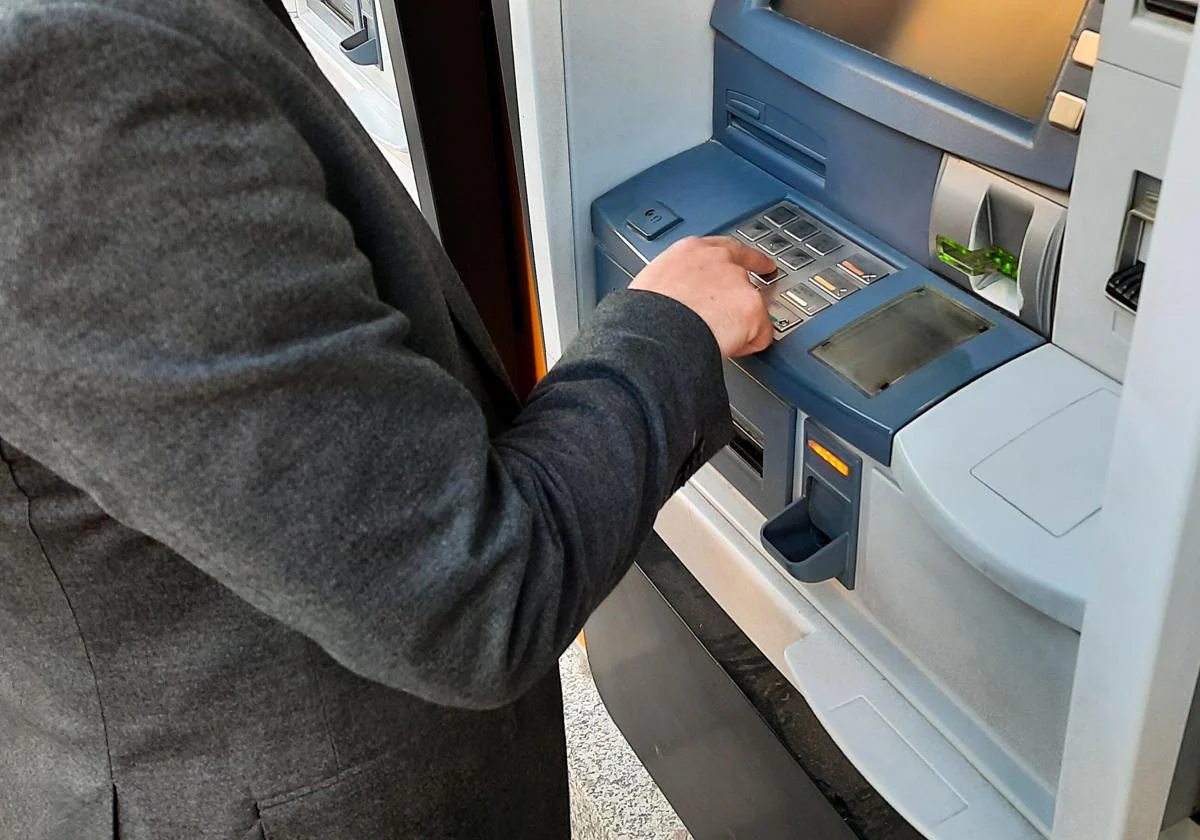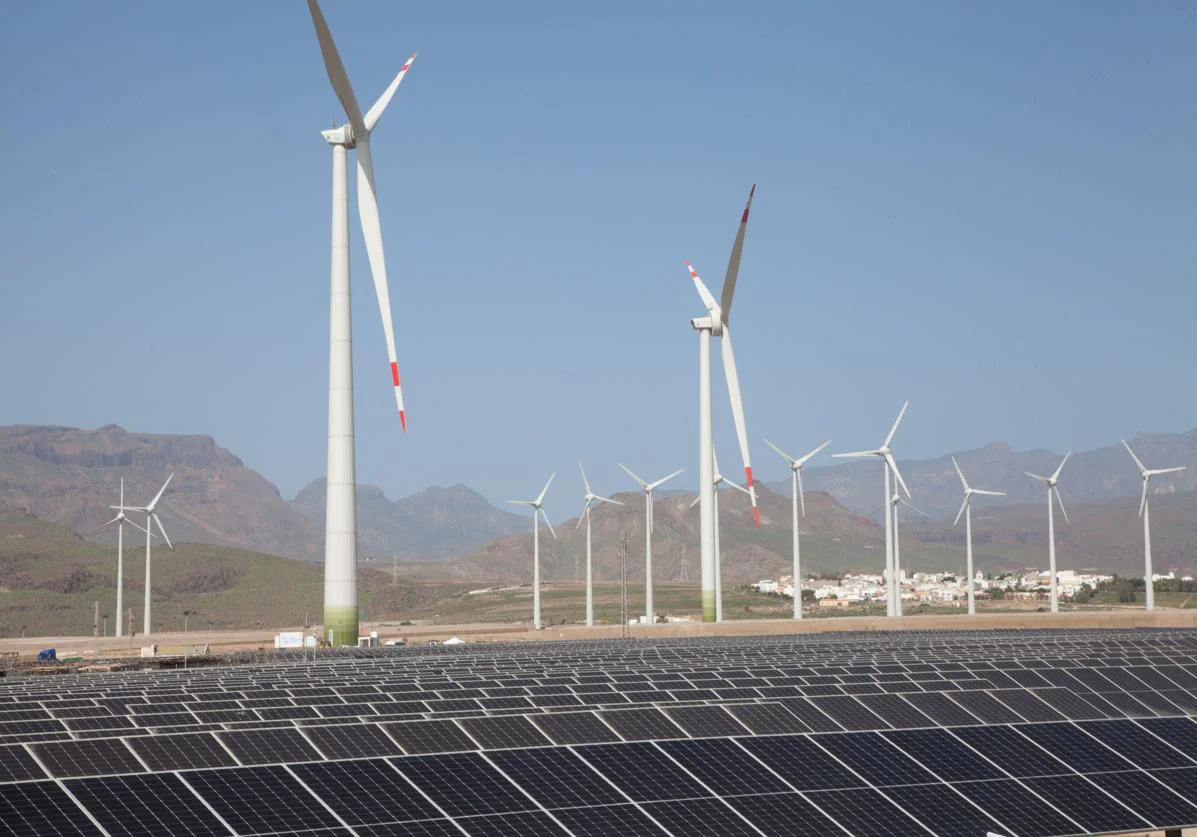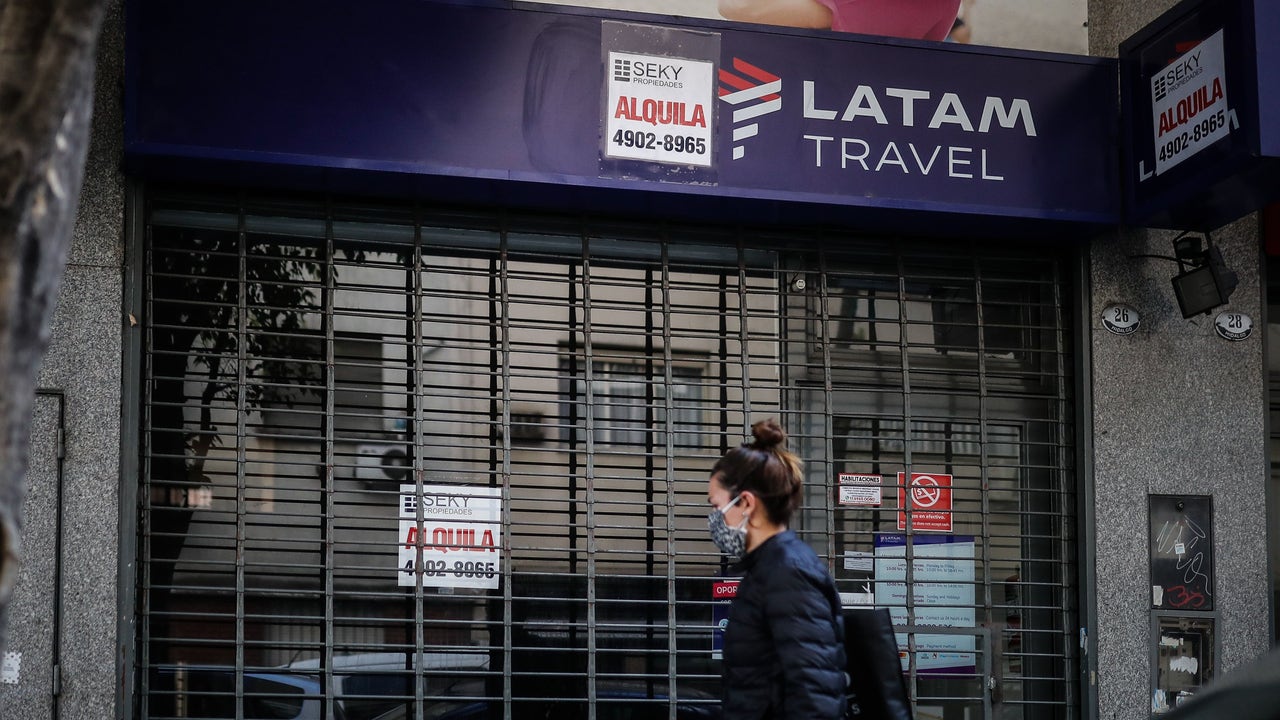The arduous task of defining what can be salvaged in the Abengoa conglomerate

"Save Abengoa" is a euphemism in which the workgroup finalized by the Government and the Junta de Andalucía must define what is viable in a conglomerate of more than 300 subsidiaries around the world. This is information, that of the "map" of the multinational, that the company does not provide or that the workers' representatives have.
It is known that there are 27 subsidiaries declared since this month in pre-bankruptcy by the Mercantile Court number 2 of Seville and, therefore, in dissolution and with four months to agree with those who claim their debts. Of these 27, six were the ones that the operating subsidiary, Abenewco 1, presented as salvageable to the State Industrial Participation Company (SEPI) and to which unsuccessfully claimed 249 million euros for a rescue plan.
The key now for the technical table promoted by the two administrations is to determine which of these subsidiaries are viable, many of them no longer active, and thereby save as many of the more than 8,000 jobs that the multinational now has, the quarter in Andalusia. Because the question is how a reference engineering in model projects for the fight against climate change and the fulfillment of the objectives of sustainable development of United Nationscapable of developing infrastructures that are sometimes only capable of running two or three companies in the world, is so close to the brink.
In this business tangle, in which the small shareholders who control Abengoa are in turn fighting with the majority shareholders (who are the ones with power in the operating subsidiary Abenewco 1), Abengoa Energy and Abengoa Water gain in full for their profitability, which represent the half of their turnover and currently have a workload, despite the mistrust generated by the company in recent years and the problems in obtaining guarantees for projects.
What's more, while press headlines follow one another talking about Abengoa's umpteenth crisis and the threat to its future, the multinational is in the process of pre-qualifying to develop the largest desalination plant in Africa for ONEE (Office National de l'Electricité et de l'Eau Potable), with a capacity of 548,000 cubic meters per day, expandable to 822,000, to meet the demand for drinking water and irrigation of some 5,000 hectares of land. It will be the largest desalination plant on the African continent. In consortium with Engie, one of the main energy companies in the world, it has submitted the necessary documentation to obtain the prequalification of the Casablanca-Settat desalination plant. The total has been six consortiums that have presented their candidacy. The signing of the contract is expected during the first half of next year.
It is a recent example of the potential of Abengoa Agua, formerly Abeinsa, which currently has a business distributed throughout the world with a capacity of 1.7 million cubic meters per day and more than two million under construction. This head, which in turn has numerous subsidiaries, invoices more than 250 million euros per year, but it is known, for example, that it is among the 10 Abengoa companies in default with the Treasury, in this case with a debt of 5.1 million euros, according to the latest update published by the Tax agency.
In this context, there is talk of interest from engineering companies such as Lantania and Técnicas Reunidas in acquiring Abengoa Energía -which could only be done at market price- to control the desalination business, where the latter is currently a benchmark, as shown by the fact that it has recently started the commercial operation of what will be the largest in the world, with a capacity of 909,000 cubic meters per day. This is the Taweelah desalination plant 45 kilometers north of Abu Dhabi. It will guarantee supply to the city throughout the year and will be the first large-scale desalination plant in the emirate that combines the production of drinking water with the generation of clean energy, thanks to the installation of a photovoltaic solar field.
As for Abengoa Energía, under whose umbrella are subsidiaries such as Abengoa Solar or Eucomsa, it is also delinquent with the Treasury with almost a million and a half euros of debt. This subsidiary stands out in photovoltaic energy, where it is currently carrying out seven projects in different parts of Spain that exceed 800 megawatts of power. They will be added to the 500 megawatts of photovoltaic projects already completed and distributed throughout the world. In total, Abengoa Energía has 9.3 gigawatts of conventional energy and 2.1 of solar, together with 480 megawatts of wind power, with a total annual turnover of almost 300 million euros.









